Introduction to Corrosion Monitoring Probes
Corrosion, the natural process where materials deteriorate due to interactions with their environment, poses a significant threat to industrial infrastructure. This pervasive issue affects everything from pipelines and bridges to ships and manufacturing plants, leading to enormous economic losses and potential safety hazards annually. The effects of corrosion are not only costly but can also lead to the premature failure of structural components, which is a major concern for safety and operational reliability in industries such as oil and gas, maritime, and construction.
In response to these challenges, corrosion monitoring probes have emerged as a crucial technology in the battle against corrosion. These devices provide a direct and effective means of assessing the rate and extent of corrosion, allowing for real-time monitoring and management. By integrating corrosion monitoring probes into maintenance routines, industries can significantly enhance the longevity and safety of their infrastructure, optimize maintenance costs, and prevent unplanned downtime caused by corrosion-related failures.
Corrosion monitoring probes come in various types, each suited to different environments and purposes, offering flexibility and precision in tackling corrosion. This introduction serves as a gateway to understanding how these probes work, their benefits, and their critical role in contemporary industrial operations.
Modèle de sélection
| Modèle | |||||||||||||||
| Électeur de cellules | Electrical Resistance Probes | ||||||||||||||
| -Code | Bouchon | ||||||||||||||
Pxxx | Type | Matériel | Matériau d’étanchéité | ||||||||||||
| 0 | Not Required | 0 | Acier au carbone | 0 | Not Required | ||||||||||
| 1 | Hollow plug | 1 | 316 stainless steel | 1 | Fluorine rubber sealing ring/PTFE main seal | ||||||||||
| 2 | 316L stainless steel | 2 | HNBR | ||||||||||||
| 3 | F51 duplex stainless steel | ||||||||||||||
| 4 | INCONEL nickel based alloy | ||||||||||||||
| -Code | Temperature and pressure gauge assembly | ||||||||||||||
| Txxx | Taille de la connexion | Body material | Matériau du manomètre et de la température | ||||||||||||
| 0 | Not Required | 0 | 304 stainless steel | 0 | Not Required | ||||||||||
| 1 | 1/2″ | 1 | 316 stainless steel | 1 | 304 stainless steel | ||||||||||
| 2 | 3/4″ | 2 | 316L stainless steel | 2 | 316 stainless steel | ||||||||||
| 3 | F51 duplex stainless steel | ||||||||||||||
| -Code | Probe assembly | ||||||||||||||
| Dxx ‐Lx" | Taille de la connexion | Body material | Pipeline specification (x ″) | ||||||||||||
| 0 | Not Required | 0 | Acier au carbone | La longueur de la sonde varie en fonction des spécifications de la canalisation | |||||||||||
| 1 | 1/4″ | 1 | 304 stainless steel | ||||||||||||
| 2 | 1/2″ | 2 | 304L stainless steel | ||||||||||||
| 3 | 316 stainless steel | ||||||||||||||
| 4 | 316L stainless steel | ||||||||||||||
| 5 | F51 duplex stainless steel | ||||||||||||||
| Example: ECP-P121-T021-D02-L6 ” ECP: resistance probe assembly; P121: The hollow plug is made of 316L, with fluoro rubber ring and PTFE main seal; T201: The size of the temperature and pressure gauge assembly connector is 3/4″, and is made of 304 stainless steel. The temperature and pressure gauge is made of 304 stainless steel; D02: The probe connection size is not required, and the probe body is made of 316L stainless steel; L6″: The probe length is suitable for a 6″ pipeline. | |||||||||||||||
Comprendre la corrosion
What is Corrosion?
Corrosion represents the natural process by which materials degrade or deteriorate when they interact with their environment. Most commonly, it affects metals when they oxidize, such as iron rusting in the presence of water and oxygen. This process not only weakens the material but also affects its appearance and functionality.
Types of Corrosion
Corrosion manifests in several forms, each with unique characteristics and implications. Uniform corrosion occurs evenly across a metal surface, gradually thinning the entire piece. This is the most common form and easiest to predict and manage. Pitting corrosion, however, is more dangerous and difficult to detect. It creates small, deep pits on the metal surface, severely weakening the material at localized points. Crevice corrosion develops in confined spaces where a stagnant microenvironment accelerates the corrosive process, such as under gaskets. Galvanic corrosion happens when two different metals are in contact in a corrosive environment, causing one metal (the anode) to corrode faster than it would alone, while the other (the cathode) corrodes much slower.
Factors Influencing Corrosion
Various factors influence the rate and severity of corrosion, making it a complex issue to manage. Environmental conditions like humidity, temperature, and the presence of salts significantly accelerate corrosion processes. Material properties, including metal type and the presence of coatings, also play crucial roles. Chemical exposures, such as to acids or alkalis, can further intensify corrosion. Understanding these factors is essential for effective corrosion management, guiding the selection of materials and protection methods.
By grasping the basics of corrosion, its types, and the factors that influence it, industries can better devise strategies to combat this pervasive issue, enhancing the durability and reliability of their infrastructure.
Factors Influencing Corrosion
Environmental Factors
Environmental conditions play a pivotal role in accelerating corrosion. High humidity levels offer the necessary moisture that promotes electrochemical reactions, which are fundamental to the corrosion process. Elevated temperatures also hasten these reactions, thereby speeding up the degradation of metals. Additionally, environments with high salinity, such as coastal areas or roads treated with de-icing salts, create a more conducive setting for corrosive processes. Thus, understanding and controlling environmental exposure is crucial for managing corrosion risks effectively.
Material Properties
The inherent properties of materials strongly influence their susceptibility to corrosion. Different metals react differently under the same conditions due to variations in their chemical makeup; for instance, iron corrodes faster than stainless steel. The application of protective coatings can significantly mitigate these effects, enhancing a material’s resistance to environmental factors. However, any imperfections in these coatings, such as scratches or discontinuities, can expose the underlying metal to corrosive elements, initiating localized or more extensive corrosion. Therefore, selecting appropriate materials and maintaining protective barriers are essential for long-term durability.
Chemical Composition
The chemical composition of both the material and its surrounding environment determines the corrosion behavior. Exposure to harsh chemicals, such as industrial pollutants, acids, and alkalis, can trigger severe corrosive reactions, especially if the material is not inherently resistant to such conditions. For example, metals exposed to sulfur-containing atmospheres may undergo sulfidation, a high-temperature corrosion process. Likewise, chlorine can severely impact stainless steel, leading to pitting and crevice corrosion. Therefore, a thorough understanding of material-environment interactions is vital for choosing suitable materials and implementing effective corrosion control strategies.
By carefully considering these factors—environmental conditions, material properties, and chemical composition—industries can devise more effective strategies to combat corrosion, thereby enhancing the safety, reliability, and lifespan of their infrastructure.
Importance de la surveillance de la corrosion
Protecting Assets
Corrosion monitoring plays an essential role in protecting valuable industrial assets. By detecting corrosion early, companies can intervene before significant damage occurs, preserving the integrity and functionality of their infrastructure. Regular monitoring allows for the timely replacement or repair of affected components, preventing the costly scenario of large-scale system failures. This proactive approach not only extends the lifespan of assets but also maintains their operational efficiency.
Ensuring Safety
Safety is a paramount concern in industries where structural integrity can impact human lives. Corrosion can compromise the strength of structures like bridges, pipelines, and buildings, posing serious risks. Effective corrosion monitoring ensures that these structures remain safe for use by detecting potential failures before they occur. By maintaining a rigorous monitoring regime, companies uphold safety standards and protect against accidents, thereby ensuring the well-being of both employees and the public.
Reducing Costs
Implementing a robust corrosion monitoring system significantly reduces financial burdens over time. Early detection and maintenance prevent the escalation of damage, which can lead to expensive, unscheduled repairs and downtime. Furthermore, extending the service life of equipment through regular monitoring and timely interventions decreases the need for frequent replacements. Overall, investing in corrosion monitoring is cost-effective, minimizing both direct repair costs and indirect expenses related to downtime and operational inefficiencies.


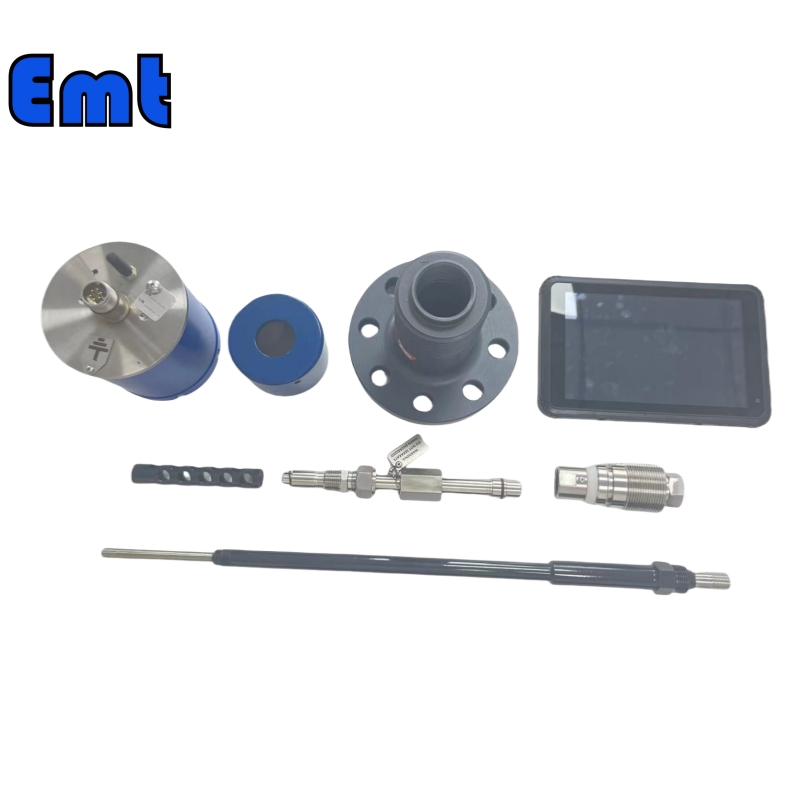
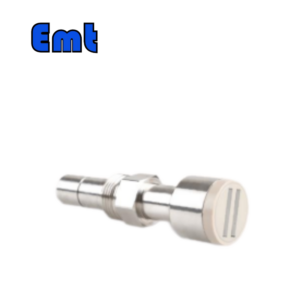

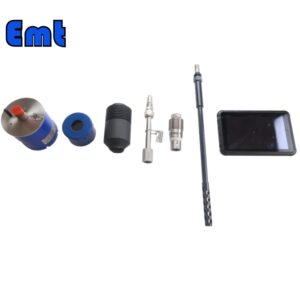
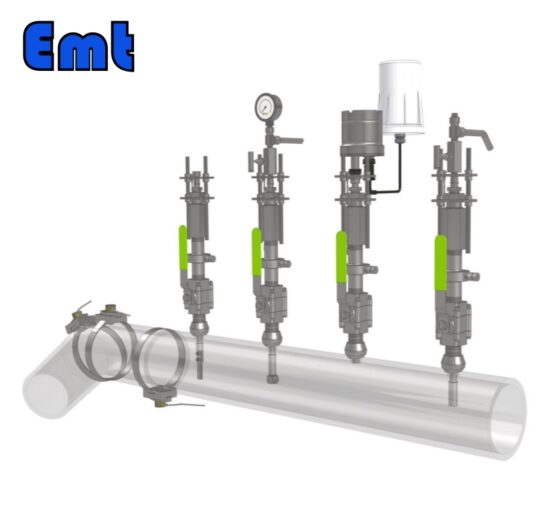
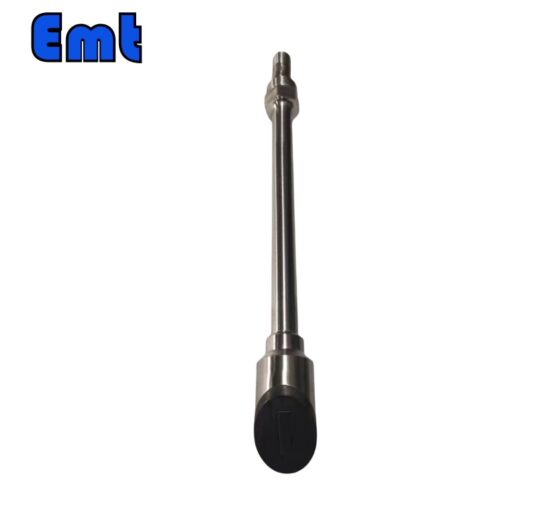
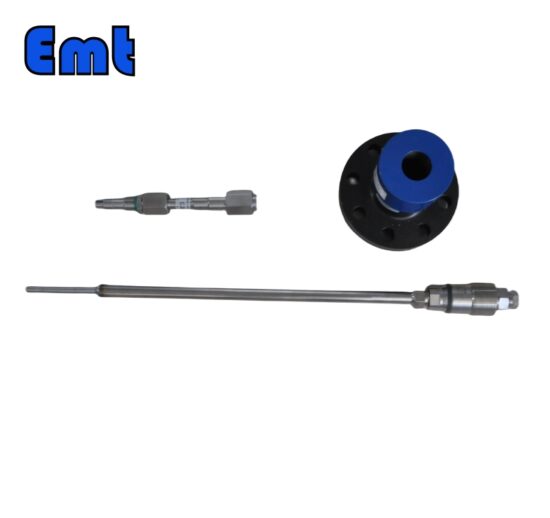
Il n’y a pas encore d’avis.